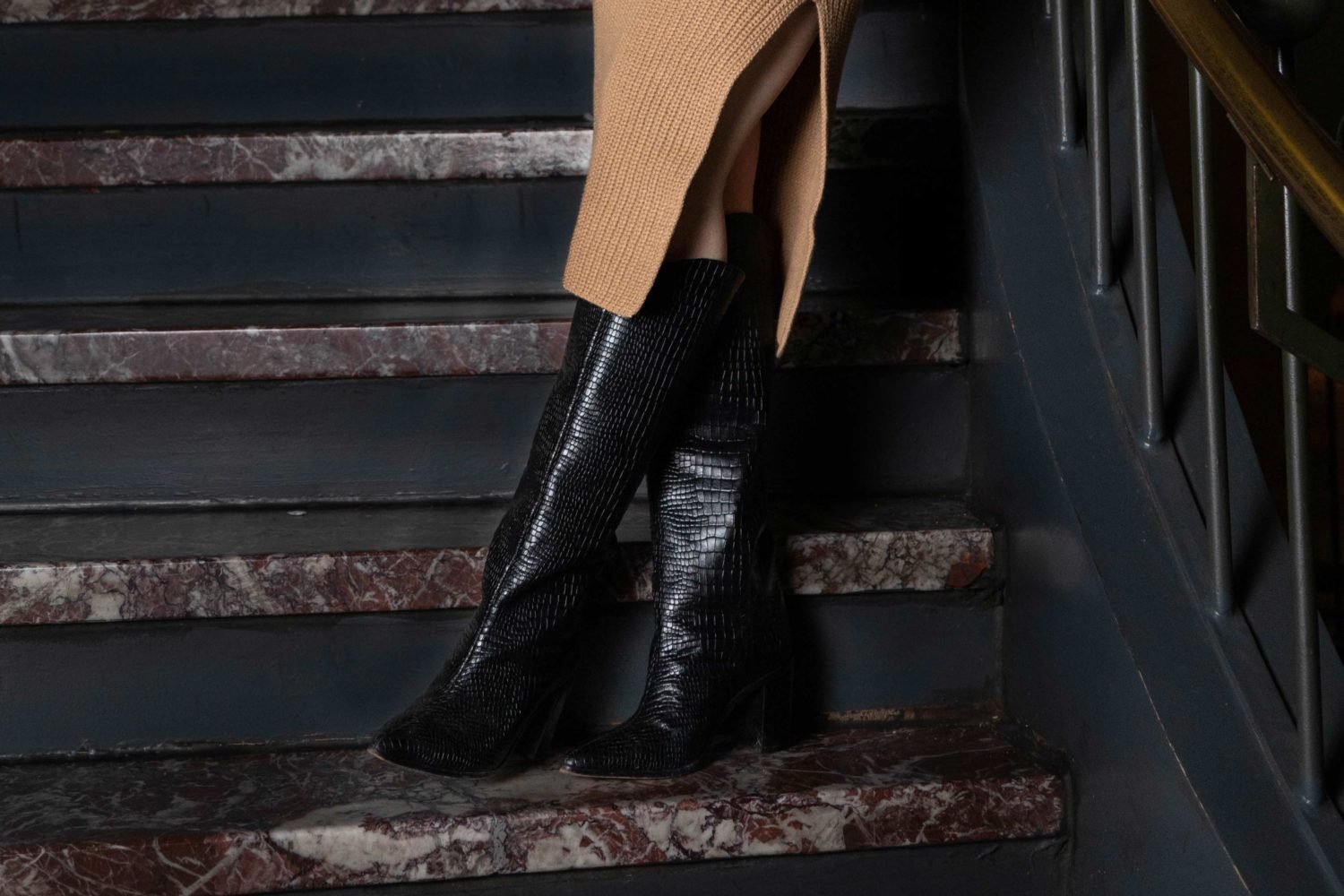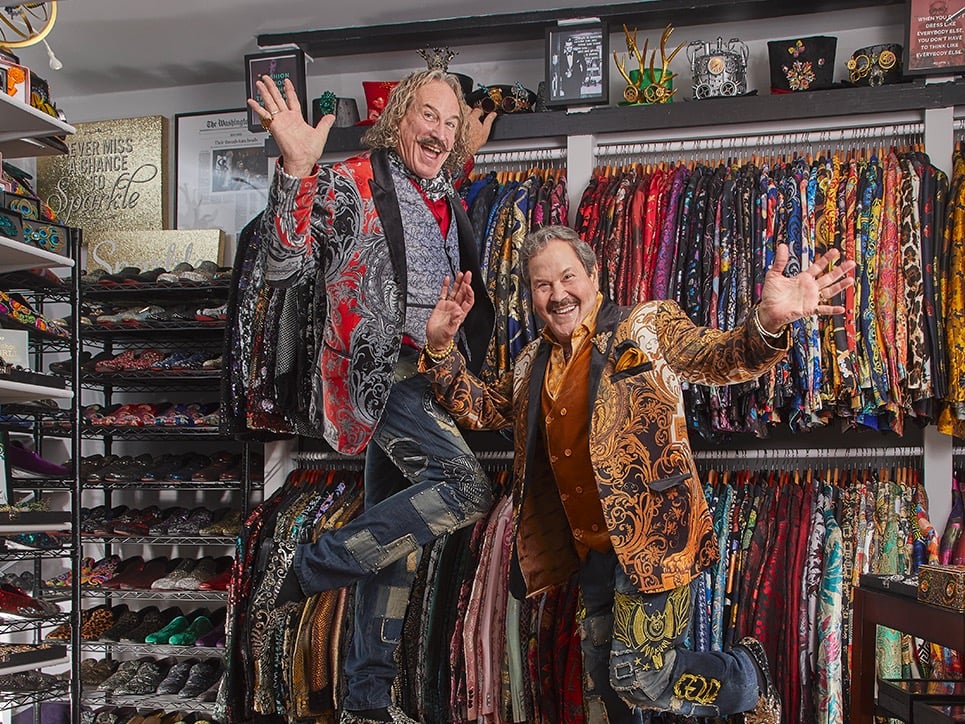In Marie Antoinette’s day, women at court traced blue lines on their shoulders and necks to emphasize their noble blood. No woman today wants to direct attention to her veins; grape-colored coils under the skin are seen as a sign of age.
The good news is that in most cases small varicose veins and spider veins—networks of tiny red capillaries—are nothing to get alarmed about from a health standpoint. And they usually can be treated by a dermatologist.
The job of veins is to return blood to the heart after it has delivered oxygen and nutrients to the cells. It can be a long, uphill trip, especially from the legs, but valves keep things moving and prevent blood from flowing backward. If veins stretch and lose elasticity, the valves can’t close completely, resulting in the pooled blood and swelling of varicose veins.
The chances of getting varicose veins can be reduced but not eliminated. Sitting for long periods with legs unelevated or crossed, being overweight, taking birth-control pills, and drinking alcohol can contribute to the condition. Heredity is a factor: Half of people with varicose veins have a family history of the problem, according to the National Heart, Lung, and Blood Institute. Pregnancy, which adds pressure to veins, also raises the odds.
“Vessel fragility changes with age and hormones,” says Rondi K. Walker, a plastic surgeon in DC. “Even with treatment, varicose veins do come back.”
The most common area for varicose veins is the legs, and any activity that keeps the blood moving is helpful for prevention. “Get plenty of exercise and always take the stairs,” Dr. Walker says. If you have a problem already, wear compression stockings “if you can stand it.”
Spider veins usually appear as a web of threadlike red lines just under the surface of the skin. “Spider veins are not mini varicose veins,” says Richard J. Castiello, who practices dermatology in Chevy Chase. “They are a variation of normal.”
Sclerotherapy can erase spider veins and tiny varicose veins; a doctor uses a thin needle to inject hypertonic saline into the vein, causing it to wither and disappear. (Blood easily finds another route along the 60,000 miles of blood vessels in the human body.) Sclerotherapy may involve multiple injections and possibly several visits before all visible blood vessels are treated.
Laser is another approach. Whereas an injection of saline damages the vein within an inch of the needle entry point, the laser affects only the spot it hits. Dr. Castiello sometimes uses laser or an electronic needle to eliminate small spots on a patient’s face because of the accuracy, but he prefers sclerotherapy to treat larger areas.
An in-office session for treating superficial veins can cost $300 to $500, depending on the technology used. Several sessions are usually necessary for a large area—say, both legs—or an area with several patches. Side effects are rare, although occasionally a patient has an allergic reaction to sclerotherapy.
Severe varicose veins can cause aching, fatigue, throbbing, or itching in the legs. Even then, says vascular surgeon James M. Salander, only 1 to 2 percent of cases constitute a limb-threatening medical condition.
Dermatologists refer more-advanced cases to vascular specialists, some of whom identify themselves as phlebologists. Veins can be removed surgically, although newer techniques, such as endovenous laser, which works from inside the vein, mean that surgery is not the only option.By Amy Longsworth

















